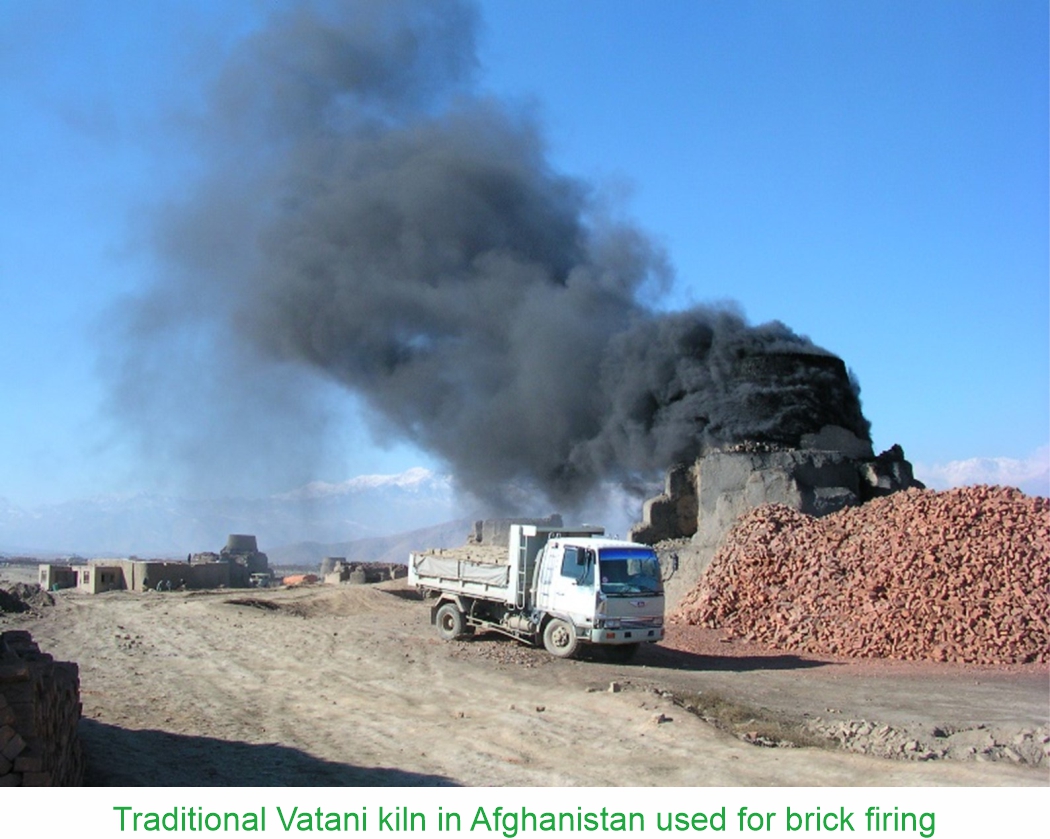|
Climate change in the present-day context has become a reality. Already the global average temperature is 1.15°C above the 1850–1900 average, and though we will not breach the threshold limit of 1.5°C (as per the Paris Agreement) on a permanent basis, all warning signals point to a breach within the next five years. This means it will have a lasting impact on the earth’s air, water, and land.
Climate change is also having an impact on the social fabric of the world. Uncertainty of weather has given rise to loss of agriculture and livelihoods, thus increasing poverty and affecting the quality of life. With many places witnessing land degradation due to the effects of drought and desertification, it has resulted in the loss of agricultural land, thereby affecting food security. Without any source of income, as a result, people are increasingly migrating to urban places, which is putting a strain on the carrying capacity of cities and urban centres. Increasing urbanisation is also degrading the type and quality of jobs in cities. Although the situation might seem to be shifting towards ‘a point of no return’, people and nature are slowly adapting to the shift. While an intense debate might arise about whether the shift is in the right direction or course correction is needed, there is no doubt that change is needed. Because climate change is-and-will-be there affecting our lives, we are finding ways and means of adopting the same. Some of the immediate needs are to augment the water supply. One of the solutions is to rejuvenate our water bodies to help them store and recharge groundwater. Traditionally pond rejuvenation was done in an ad-hoc manner by just desilting to increase the water-holding capacity. However, recent studies and efforts of Development Alternatives have shown that a whole ecosystem of nature-based livelihoods can be set up through pond rejuvenation. It is not only limited to the pond but includes the study and modification of the entire catchment area, wastewater treatment, and carbon sequestration, including the livelihoods of people dependent on the catchment area and the pond. In India and most of Asia and Africa, one of the major building materials used is burnt clay bricks. Although the scenario in Africa is not acute to date, the effects of climate change have been accelerated due to the unrestricted production of burnt clay bricks. Across Asia, e.g., India, Afghanistan, Pakistan, Nepal, Bangladesh, and Myanmar, average to poor-quality coal is being used to burn bricks which release a substantial amount of greenhouse gases, including black carbon, into the atmosphere. The situation is quite acute as there has yet to be a systematic study done to gather data to quantify the scale of the problem. As per recent studies done in Bihar, the greenhouse gas emissions from the brick sector alone stand at around 12.6 million tonnes per year. Although the figures are quite high, studies have shown that it can be reduced drastically. Purists might say that it will result in unemployment, but practical examples being strategised by Development Alternatives along with the Government of Bihar have shown that through appropriate technology transfer, skilling of workers, building capacity of entrepreneurs, and just transition policies, the situation can be reversed while creating green and sustainable jobs. In the construction sector in India and across the world, the built environment contributes to around 40% of carbon emissions. With increased focus on housing and infrastructure, this is slated to grow manifold. In the construction sector, apart from bricks, cement contributes to around 7% of global emissions. Technologies, e.g., Portland Limestone Calcined Clay Cement, are now reducing the same to achieve the 1.5°C target. This can be done by reducing clinkers’ content and utilising non-commercial grade raw materials in normal cement production. India has made substantial progress in this regard by publishing the standards of the same as IS 18189: 2023. This will go a long way in adopting the same in India and neighbouring countries and building on a climate-resilient future.
Dr Soumen Maity |
 We are already seeing the effects of unprecedented heat waves sweeping
across Europe. It is predicted that these weather conditions will become
more frequent in the coming years, especially in places where it was
unheard of. Glaciers are melting faster than their formation, leading to
water shortages in the rivers. In fact, Leh is seeing a water crisis due
to the absence of glaciers which used to be a source of permanent water
supply. Unseasonal rains and weather disturbances have created havoc in
recent times in North India with floods, landslides, and cloud bursts
becoming common. Many lives have been lost, and there has been damage to
property.
We are already seeing the effects of unprecedented heat waves sweeping
across Europe. It is predicted that these weather conditions will become
more frequent in the coming years, especially in places where it was
unheard of. Glaciers are melting faster than their formation, leading to
water shortages in the rivers. In fact, Leh is seeing a water crisis due
to the absence of glaciers which used to be a source of permanent water
supply. Unseasonal rains and weather disturbances have created havoc in
recent times in North India with floods, landslides, and cloud bursts
becoming common. Many lives have been lost, and there has been damage to
property.